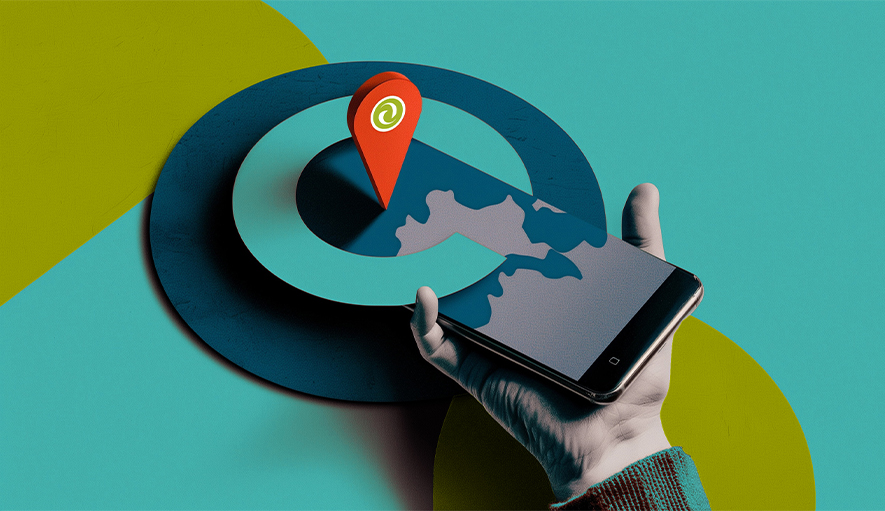How to Reach the Right Audiences with Geotargeted Campaigns

Geotargeting has become one of the most essential strategies in digital marketing. The rise of mobile devices and the popularity of social media platforms allow businesses to connect with audiences based on their exact location, delivering more relevant messages, boosting engagement, and maximizing return on investment by reaching the right people at the right time.
What is Geotargeting in Digital Marketing?
Geotargeting is a marketing strategy that tailors ads or content to people based on their physical location. By using data such as city, region or even GPS coordinates, marketers can deliver highly relevant messages to the right audience at the right time. Beyond simply pinpointing location, geotargeting helps identify key demographics, behaviors and cultural factors tied to those areas, making campaigns more precise and impactful. When used effectively, this approach improves engagement, reduces wasted ad spend and increases overall return on investment.
Best Practices for Location-Based Ads
- Geofencing: Triggers targeted ads and notifications instantly when consumers enter the designated area. This proximity-based approach ensures that marketing ads are delivered at the most favorable moment, which can increase interest and engagement. Geofencing enhances immediacy, and it’s a powerful tool to drive action and influence purchases.
- Geotarget your competitors: Competitive geotargeting is a strategic method where ads are displayed to consumers who visit or pass by a competitor’s business. This tactic allows brands to impede potential customers by offering them alternative options that may be more beneficial. When consumers show interest in similar products or services your company offers, this is an effective way to redirect their attention and possibly achieve a win against other competitors. This approach is effective for businesses who are in competitive industries such as fast food. The timing and delivery in geotargeting are key.
- Geo-Conquesting: This practice involves competitive targeting by actively presenting your brand as a superior alternative. This method involves delivering persuasive messaging, such as featuring unique benefits, better pricing, or promotions to consumers close to the competitor’s store. Overall, the goal is to influence the consumer’s decision before they purchase from somewhere else. This positions your brand as a superior option.
Localized Content Strategy Tips
To reach audiences with precision, it’s crucial to understand localized strategy tips.
- Audience and Culture: Understanding the local culture is vital for effective marketing. Consumers value family experiences, college experiences, entertainment, and community. Proximity to attractions, universities, and events often creates a strong theme of making lasting memories. Additionally, consumers tend to rely on word of mouth, online reviews, and creative visuals.
- Adapting to Tone and Language: It’s important to stay away from a robotic and impassive tone. Consumers want to feel connected and understood, so messaging should promote warmth and humanity.
- Creative Visuals and UX Localization: In advertising, visuals are the essence of capturing attention. Creative use of colors, imagery, and engaging copy is crucial for immediate impact. UX localization tailors your website and app to the target audience. Showing that your brand understands and respects the consumer’s environment builds reputation and brand loyalty.
Geotargeting Tools and Resources
- Google Ads offers robust geographic targeting, and it’s the most popular resource. Google precisely reaches audiences in specific counties, regions, and cities. This benefits businesses by tailoring their campaigns and strategy and ensuring their advertising reaches their target audience.
- Meta Ads include Facebook, Instagram, and Messenger. These ads provide location-based targeting, and they allow advertisers to base their campaigns and promotion within designated counties and cities.
- X (formerly Twitter) this platform uses combinations of location data and sources, including IP addresses, GPS signals and Wi-Fi networks. This targeting method allows advertisers to engage audiences with relevant ads and messaging based on where they are or where they have visited before.
- Facebook implements targeting tools that determine geographic location, age, interests, and demographic attributes. This can depict audience segmentation and structure campaign ads that personalize with the target audience.
At Appleton Creative, we’ve helped clients harness geo-targeting to deliver messaging that connects with audiences exactly where they are. By combining this precision with innovative creativity, we deliver real results that drive measurable impact. Our full-service team offers strategic marketing, branding, web design, social media, digital marketing, media buying, video production. Through research, and strategy we create integrated campaigns that inspire, connect, and grow your business.
Ready to see how geo-targeting can elevate your marketing? Start the conversation with us at 407-246-0092 or info@appletoncreative.com.






